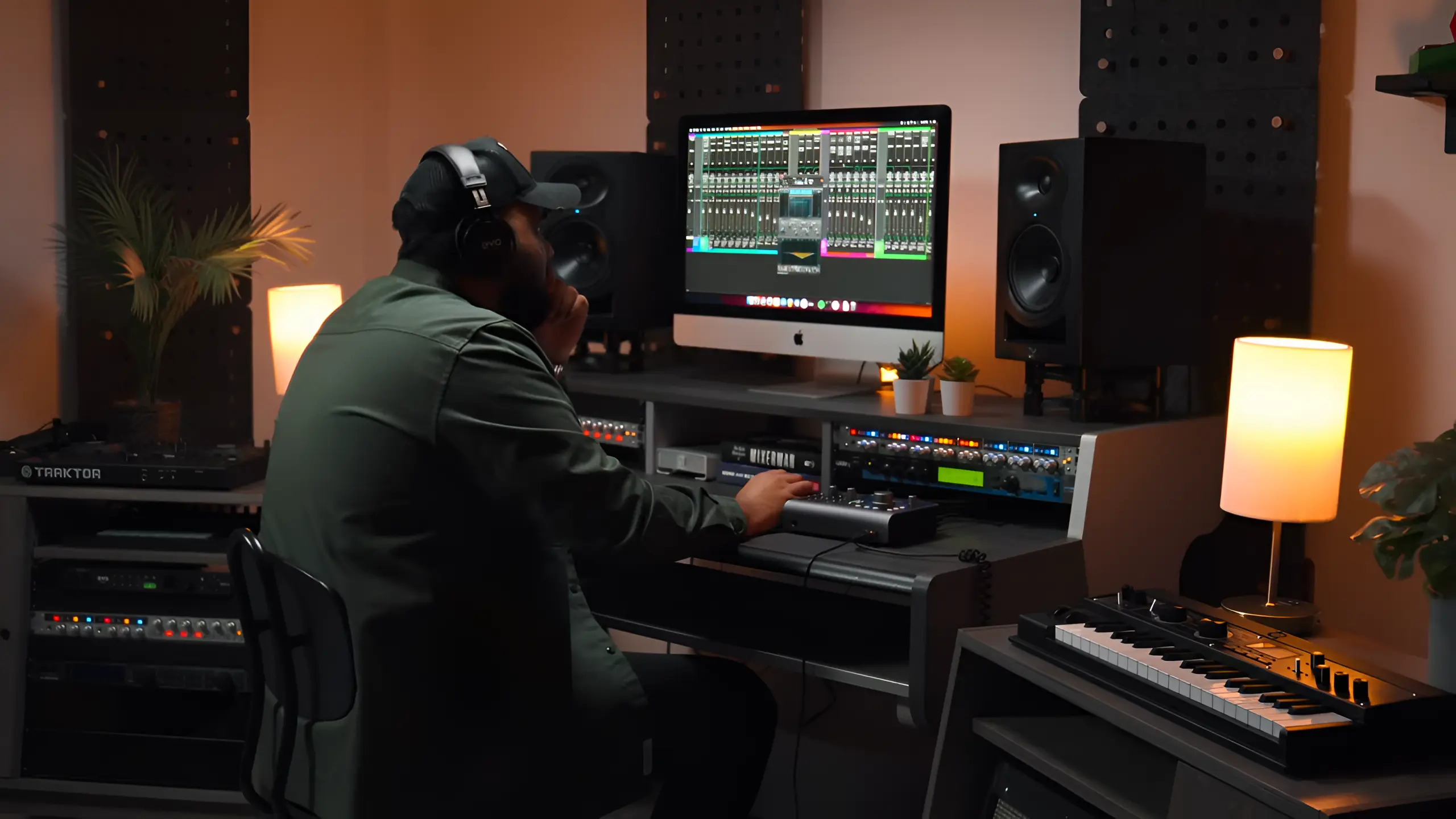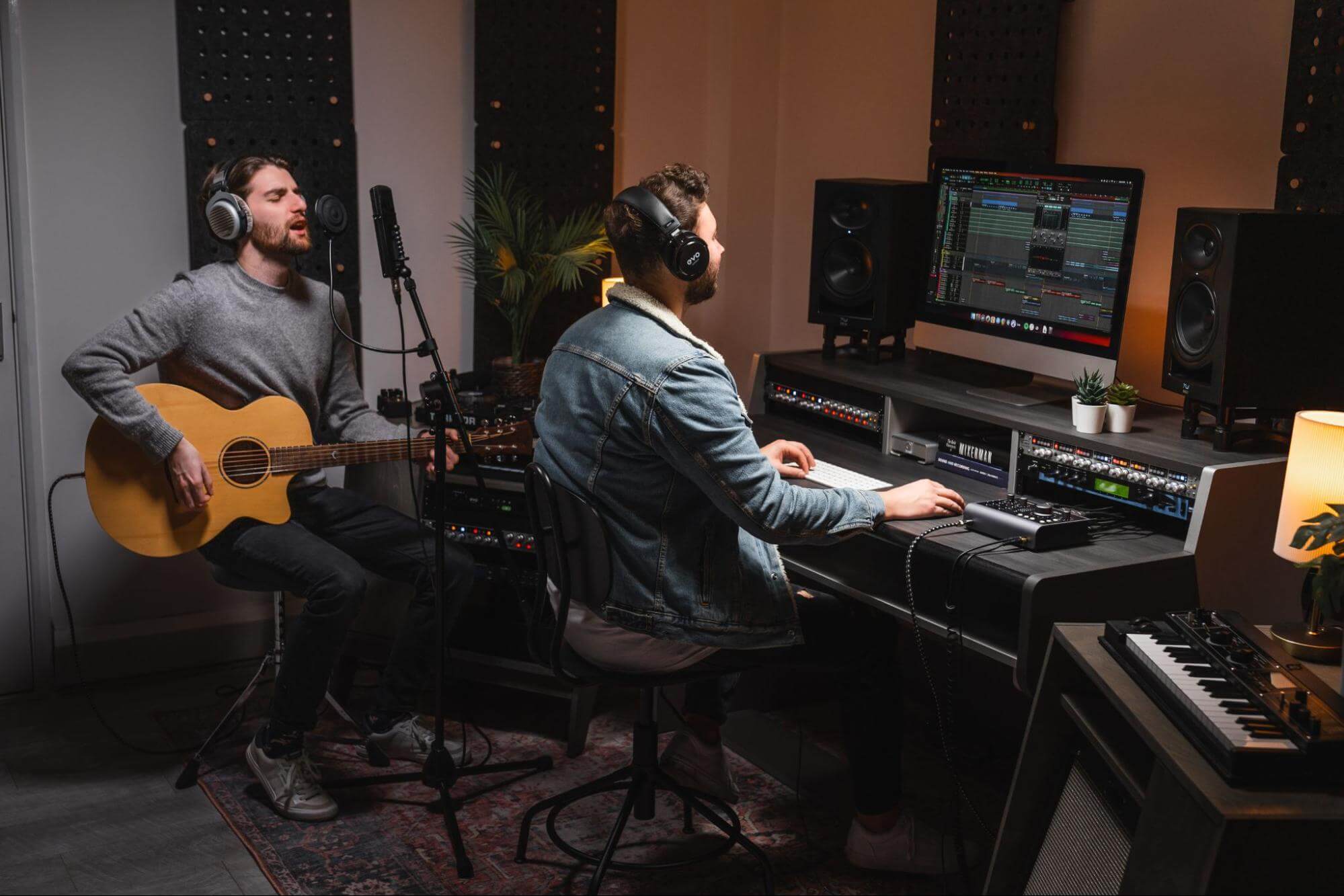
If you’ve ever seen the inside of a high-end recording studio, you can’t help but have noticed the number and variety of monitor speakers mounted in the walls, on the console meter bridge and elsewhere. While there’s clearly no way the average home studio can (or should!) constitute as diverse a monitoring environment as a mega-budget control room (some of which is for the purpose of impressing clients as much as anything else), you’ll be amazed at the difference the addition of a thoughtfully selected alternative or ‘alt’ set of speakers to your go-to main pair can make to the final quality of your mixes and masters.
Assuming your main monitor set is a two- or three-way model of at least decent quality, the idea behind supplementing it with an alt pair is generally to provide a means of focusing on the crucial mid-range details that make a mix able to translate well across the full spectrum of potential playback systems, from the poshest hi-fi to the grubbiest of mobile phone speakers. With big woofers not being part of that picture, then, the good news is that this sort of thing can be considerably cheaper to buy than your main monitors, and quite possibly a lot smaller, making it a practical option for even the tightest of spaces.
The classic Yamaha NS10, for example – long discontinued but still readily available on the second hand market – is known for its revealing honesty, highlighting sonic issues that other monitors gloss over; while IK Multimedia’s iLoud MTM is a supremely compact desktop speaker that yields impressive resolution and incredible stereo imaging – a great detail-checking alternative to any larger main pair (and, indeed, a fine primary option in its own right for mobile work). And then there’s the Avantone Mixcube: ubiquitous in professional and home studios around the world, this brilliantly designed little speaker has become the de facto standard in alternative reference monitoring, thanks to its brutally lucid frequency response and size-defying lack of distortion. If it sounds great on Mixcubes, so the saying goes, it’ll sound great on anything.

Multiple monitoring with the iD44MKII
Whatever alternative monitors you plump for, with its Main and Alt speaker outputs, the iD44MKII makes it easy to set them up and control them alongside your primaries, with no need for a splitter box or other routing contrivances. Both outputs employ the same impedance balancing topology as our flagship ASP8024-HE console, too, delivering pristine, noise-free signals over their 1/4” TRS jack connectors.
With your primary monitors plugged into into the Main outputs and your alts hooked up to the Alt outputs, switching between them is a simple matter of toggling the ALT button in the Master Section of the iD Mixer application. And if you don’t fancy tabbing to iD Mixer every time you need to flip your monitors, you can assign the ALT button to any of the iD44MKII’s three Function Keys: just right-click it and select F1, F2 or F3 to make your monitors switchable directly via that button on the interface itself.
The iD44MKII’s monitor volume knob adjusts the levels of both sets of speakers, not only the currently active pair, so as long as your main and alt monitors have been correctly level matched, you won’t get any nasty surprises when swapping from one to the other. Level matching can be done by tweaking the speakers’ onboard volume knobs, of course, but the iD44MKII’s Alt Speaker Level control (in the iD Mixer software) serves up a more convenient means by which to offset the level of your alts from your mains by up to 6dB in either direction. Set it and forget it!

Multiple headphones: silence, please
While running two different sets of speakers is hugely helpful when it comes to mixing and mastering, a similarly multiplicative approach to headphone monitoring often needs to be considered at the recording stage. When recording anything involving microphones (vocals, acoustic guitar, drums, etc), headphones are obviously essential, and if you’re engineering the recording of someone else’s performance, you’ll need two pairs: one for you, one for the performer. While a cheap headphone splitter connected to a single headphone output on your audio interface will get the job done, ideally you want a separate output for each set, with its own level control and the ability to be fed an independent cue mix.
The iD44MKII offers no less than three headphone outs on two discrete stereo channels, so you could conceivably supply monitoring to three musicians at a time, or two musicians and an engineer. Headphone Output 1 arrives on parallel 1/4” jack and 1/8” minijack connectors, while Headphone Output 2 is on a single 1/4” jack. Each of the two Headphone Outputs has its own level knob on the interface, and routing auxiliary cue mixes to them from your DAW is done in the intuitive iD Mixer Routing Matrix.
Effective monitoring is a vital consideration in every producer’s workflow, and the iD44MKII’s dual monitor and headphone outputs give you enough listening and cueing options to cater to all your recording, mixing and mastering requirements in a single box.
Our Products
-

2in | 2out Audio Interface
-

10in | 6out Audio Interface
-

10in | 14out Audio Interface
-

20in | 24out Audio Interface
-

24in | 32out Audio Interface
-

2in | 2out Audio Interface
-

4in | 4out Audio Interface
-

24in | 24out Audio Interface
-

Everything you need to start recording
-

8 Channel Smart Preamp with AD/DA
-

8 Channel Mic Pre & ADC
-

8 Channel Mic Pre + Tone Control
-

Modular Analogue Recording Console
-

Small Format Analogue Recording Console
-

Small Format Analogue Recording Console
-

Immersive Audio Interface and Monitor Controller
-

Desktop Monitor Controller



